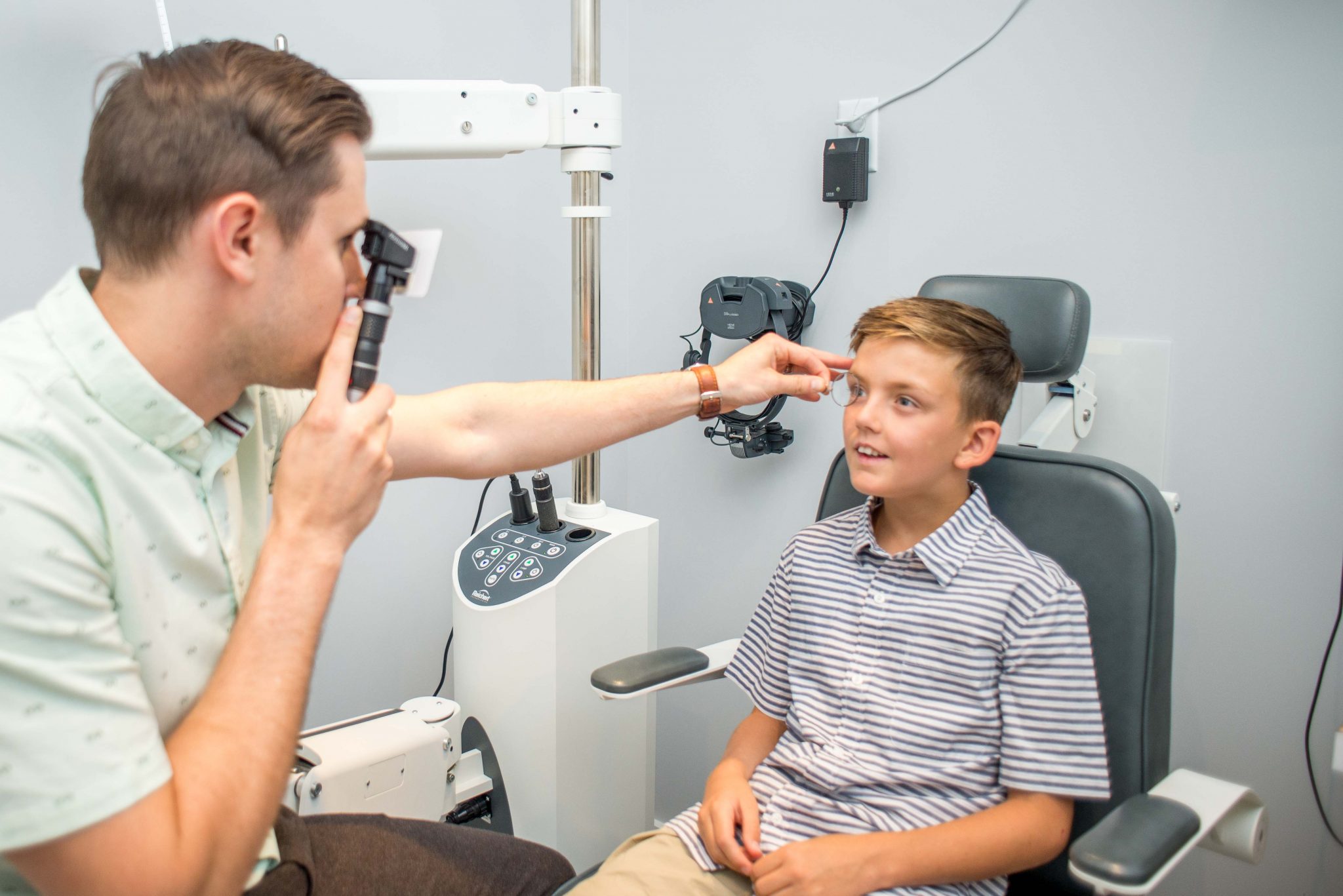What are “Prism Glasses”?
Many of our referral sources have become accustomed to talking to their clients about the possibility of using “prism glasses” to assist with their recovery from a variety of visual concerns. Referral is often pre-empted with a discussion about these therapeutic glasses and our positive…

Many of our referral sources have become accustomed to talking to their clients about the possibility of using “prism glasses” to assist with their recovery from a variety of visual concerns. Referral is often pre-empted with a discussion about these therapeutic glasses and our positive track record for supplying this style of correction. The phrase “prism glasses,” while contextually accurate, does not however do much to explain just exactly what this style of correction aims to accomplish. It also does little to acknowledge the delicate and precise process that goes into supplying these glasses. Prism as an addition to glasses is certainly not a requirement for all patients struggling with their vision, but in many cases can help to act as a form of visual support as they heal.
Prism, as an optical addition to glasses, works to change the direction of incoming light – and thereby alters the demands placed on our binocular, or eye teaming system. It quite literally “moves” and “bends” where we perceive certain objects in space. As you can probably tell from the description, prism can be a very powerful tool – but one that must be used with utmost precision and finesse. In general, prism is typically prescribed in either opposing/split (moving the image to each eye in opposite directions) or yoked/conjugate (moving the image to each eye in the same direction) fashions. For split prescribing, a patient will typically present with deficiencies in how their eyes either turn inwards, outwards, or align vertically. Measurements of the deviation are made, lenses are trialled and performance is objectively assessed via a variety of methods (ie: movement, tracking speed and comfort). For yoked prescribing, a patient will typically present with a measurable misrepresentation of where they are perceiving objects in space – commonly described as a Visual Midline Shift – or, as someone whose body movements trend in an anomalous direction (ie: drifting left, right, down or upwards on their toes). Use of modest amounts of prism can shift a patient’s very perception of where objects are in space, and thereby give more accurate descriptions to their motor system about where to move. Prism can either be added directly into a patients’ prescription (and thereby be indistinguishable for onlookers, but harder to change) or added via “stick-on” Fresnel prisms – which are more visible, but easier to change as a patient recovers.
Adding prism to lenses is both an art and a science. There are very real measurements that we as optometrists in the Okanagan make in office that allow us to determine whether “shifting space” or aiding eye-teaming will be of benefit to any given patient. What we measure in office, mind you, is very unlikely to be what we actually prescribe in the real world. An analogy that I love to borrow from a colleague of mine is that when prescribing prismatic glasses, we want to provide the least amount of scaffolding to hold things together and allow a patient to progress and move forward. Providing too much will force our patients to become visually passive and reliant on the supports we’ve instilled. My goal when adding prism is therefore to provide the least amount of scaffolding required to allow a patient’s eyes to team with greater ease – and then to provide activities and therapies that allow them to move away from the supports that we’ve added. Essentially, providing a fluid cast that we hope to reduce or remove as the patient heals. While we don’t always achieve the goal of removing the supports fully, we certainly make every effort to lessen the strength of lenses without affecting function.
If all of this seems somewhat abstract and confusing, it should. It truly takes years of practice and experience to understand and prescribe prism therapeutically and should not be taking lightly by either clinicians or patients. If you are experiencing visual symptoms such as difficulty with reading, computer work, balance or motion sickness, this style of correction may be helpful – but be sure to ask for specific details about how, why and what exactly is being recommended. As with many things in life, too much of a good thing can be problematic – and prism is no different. For those that are appropriately selected and prescribed accurately for, prism glasses however can provide immediate improvements in functional performance and assist with a wide variety of visual symptoms and concerns.
Until next month,
Paul Rollett, OD


